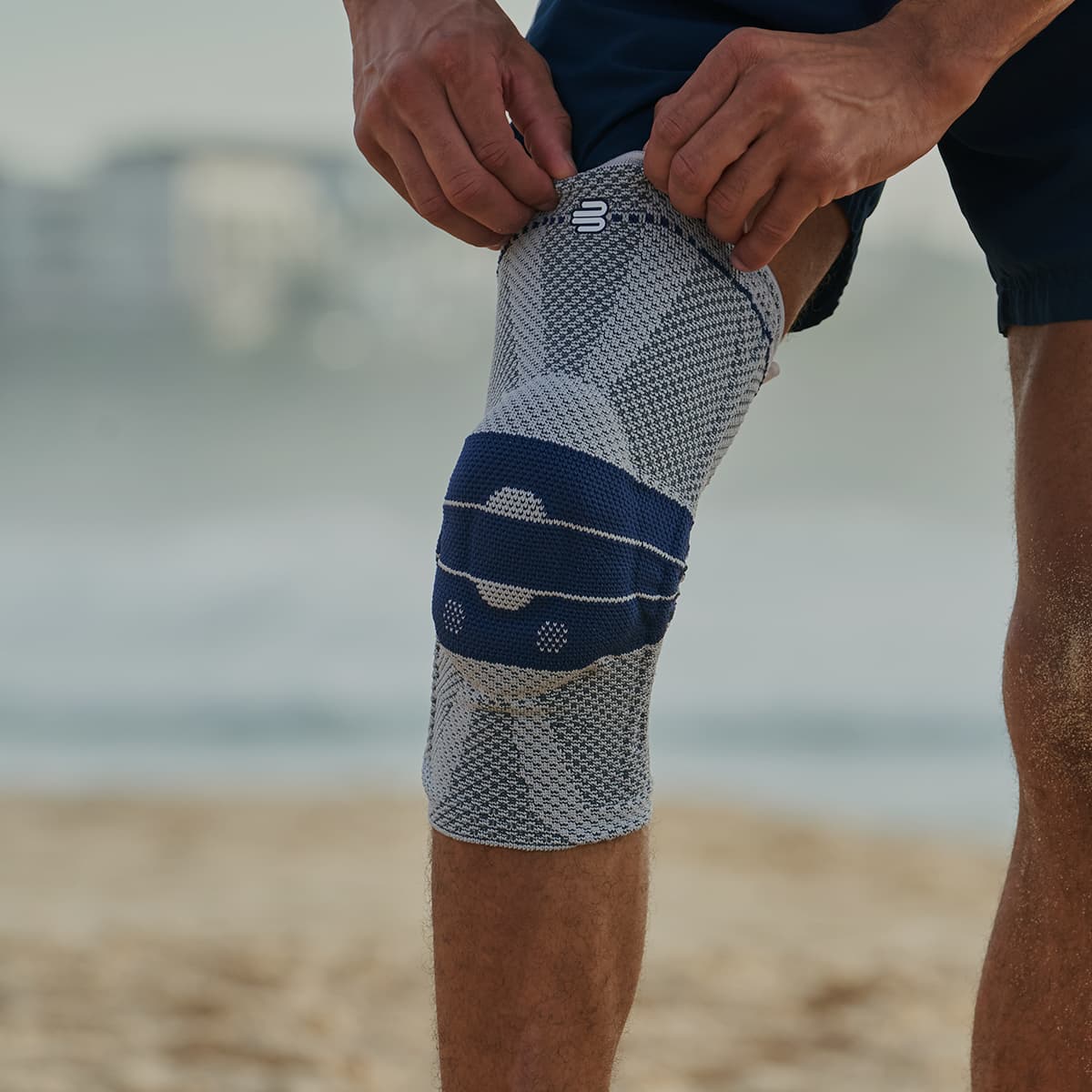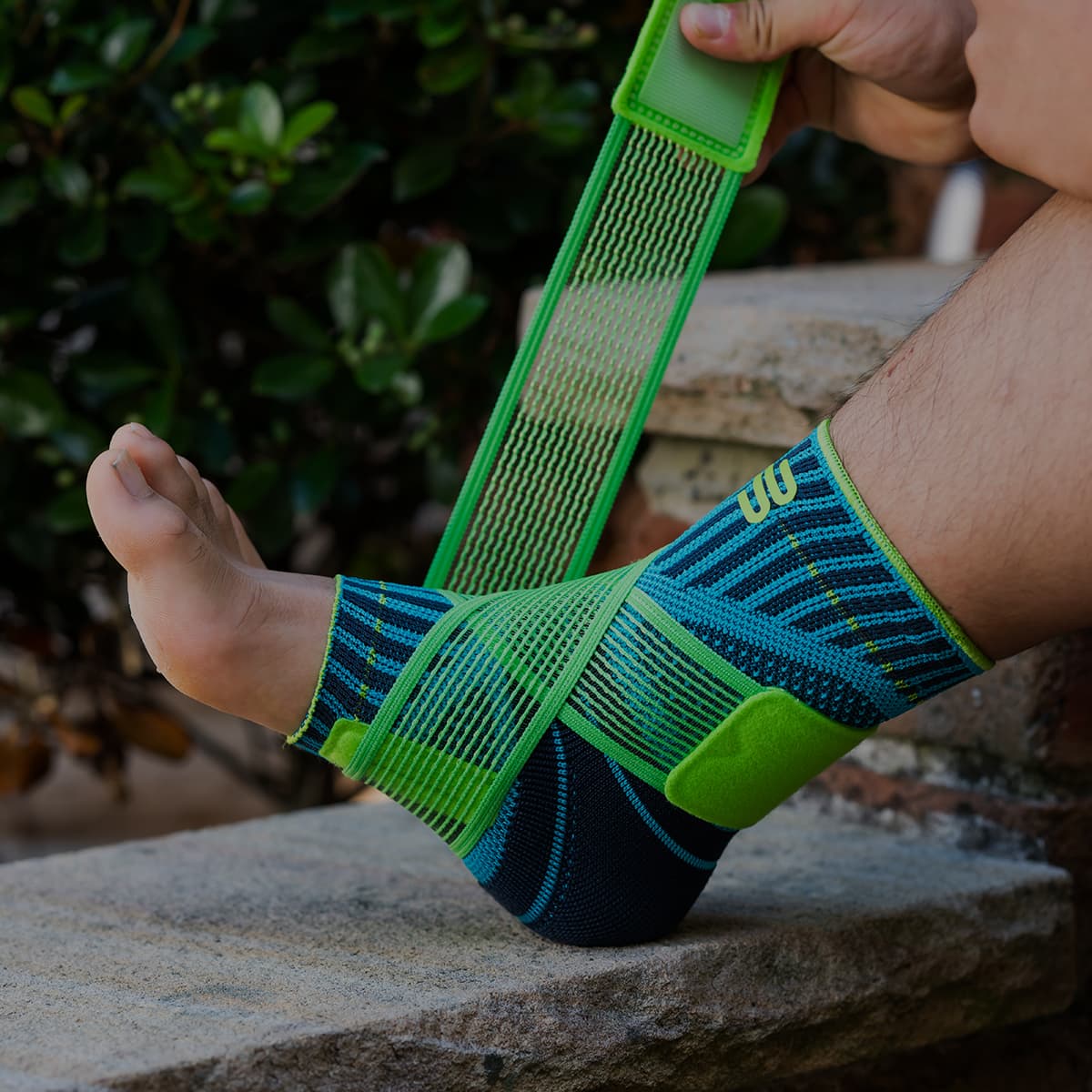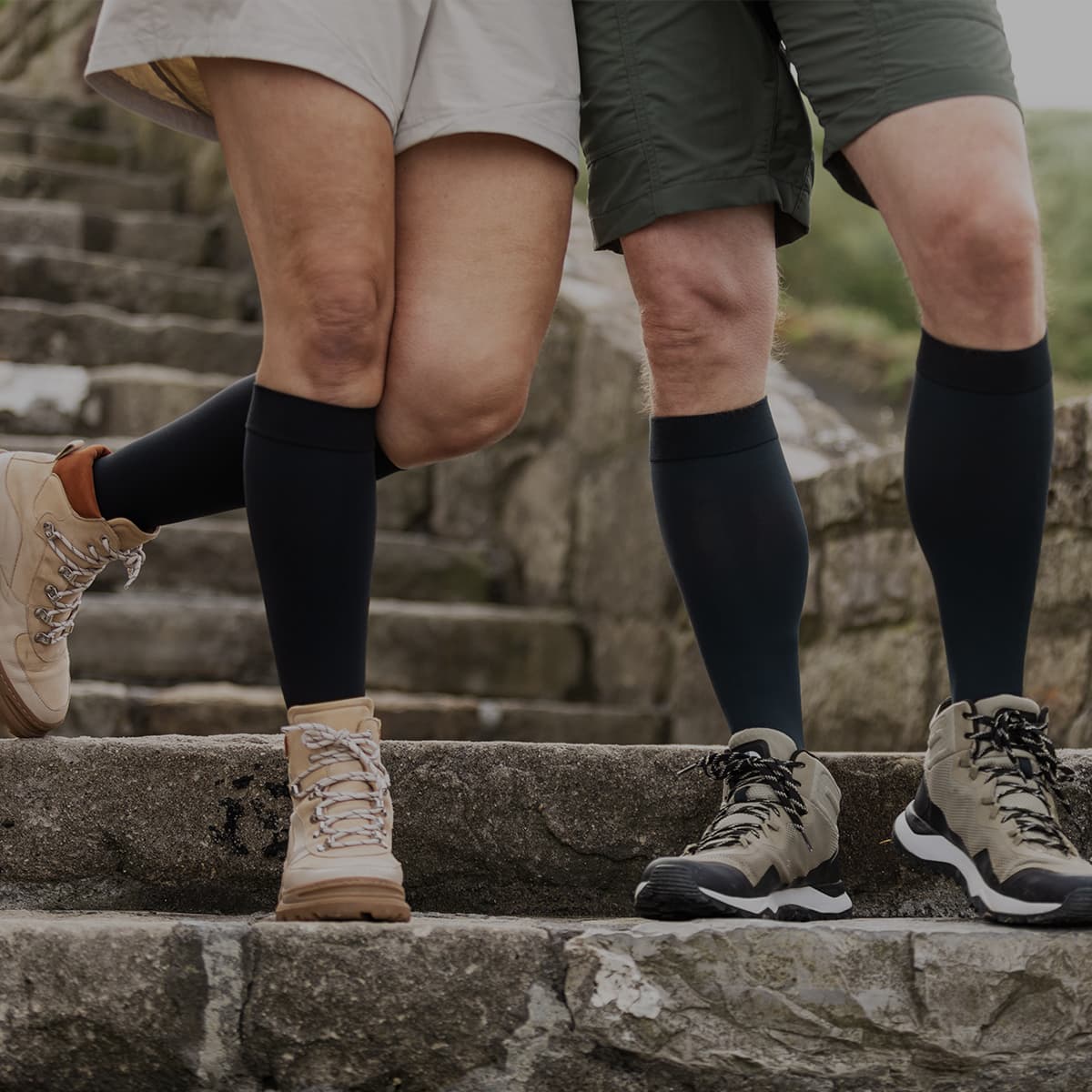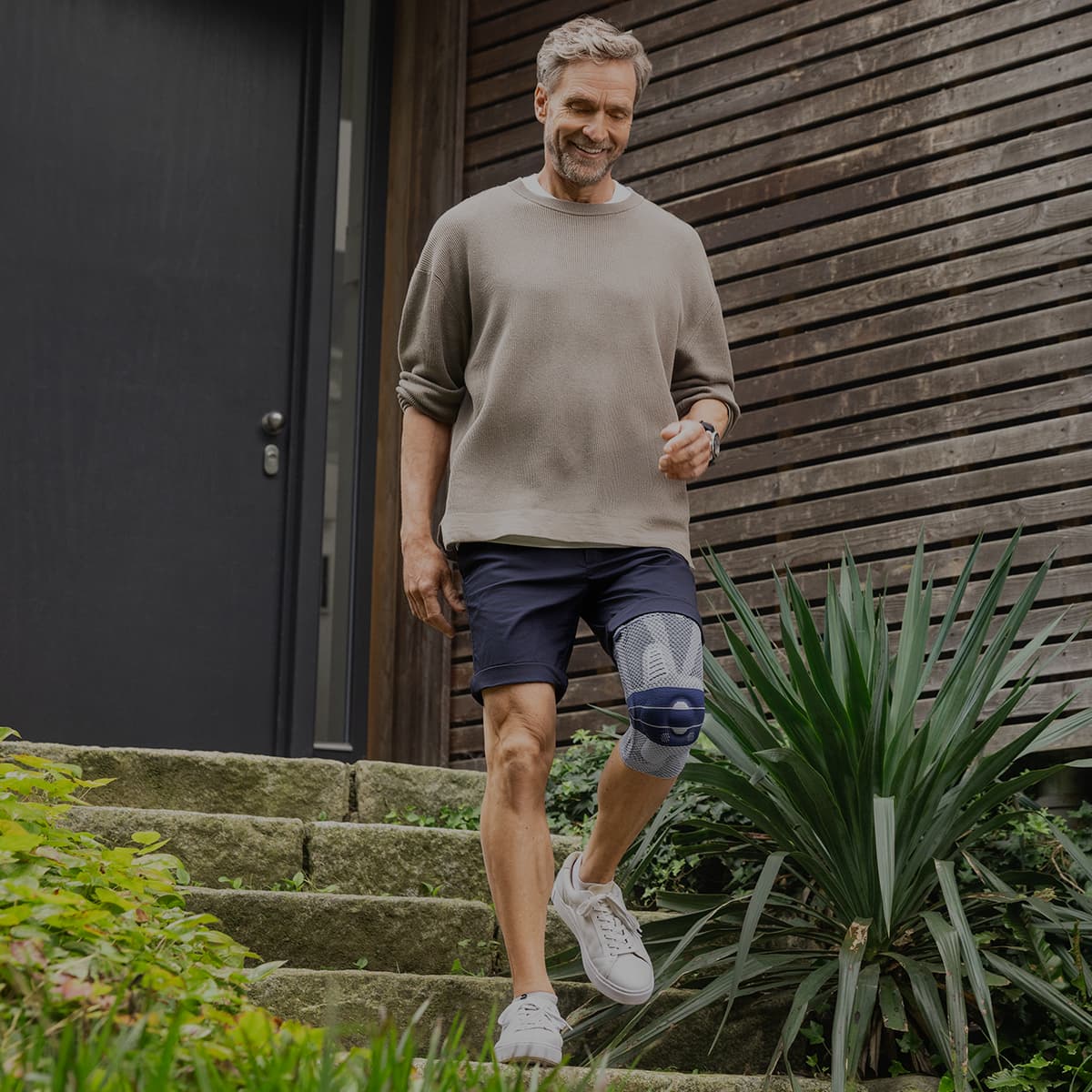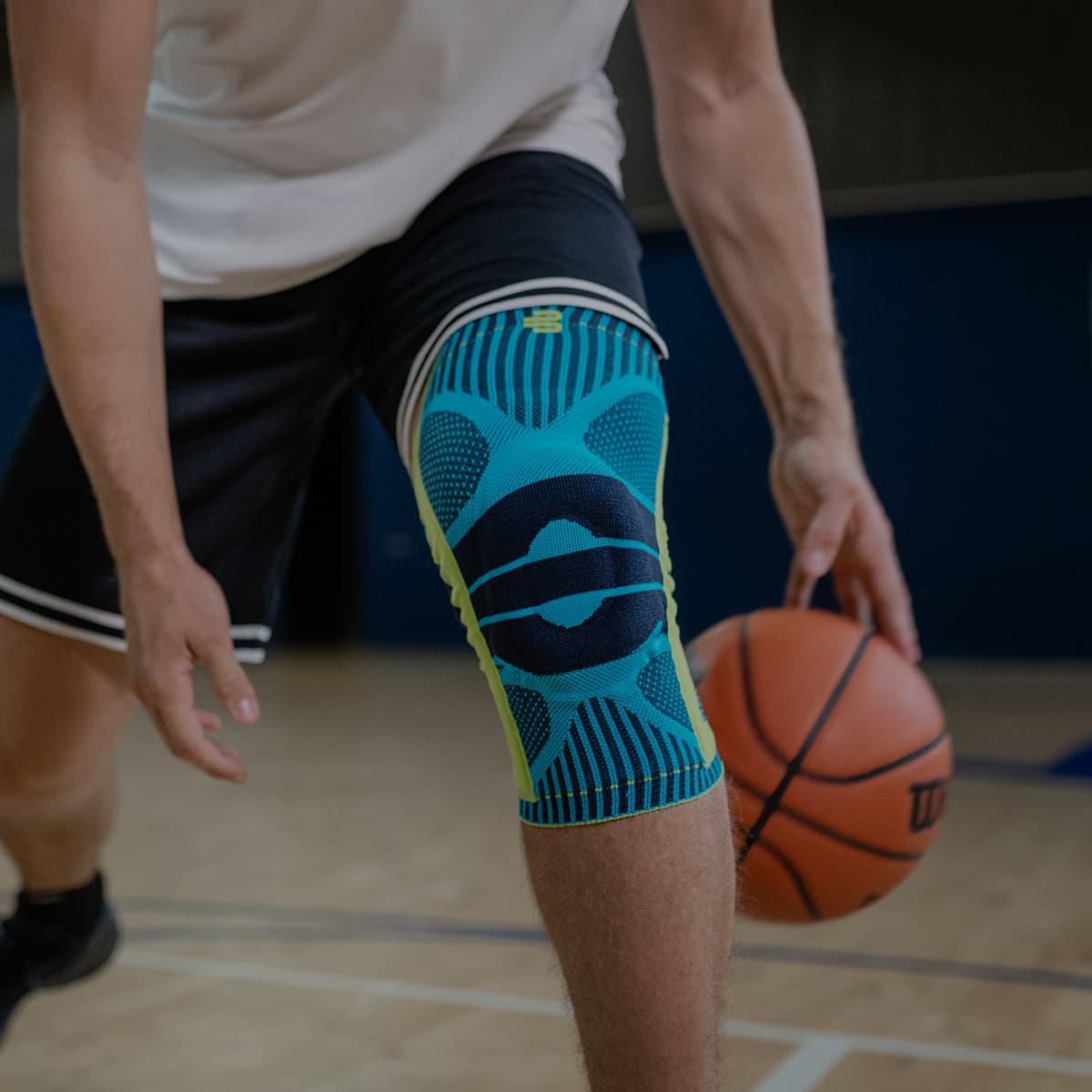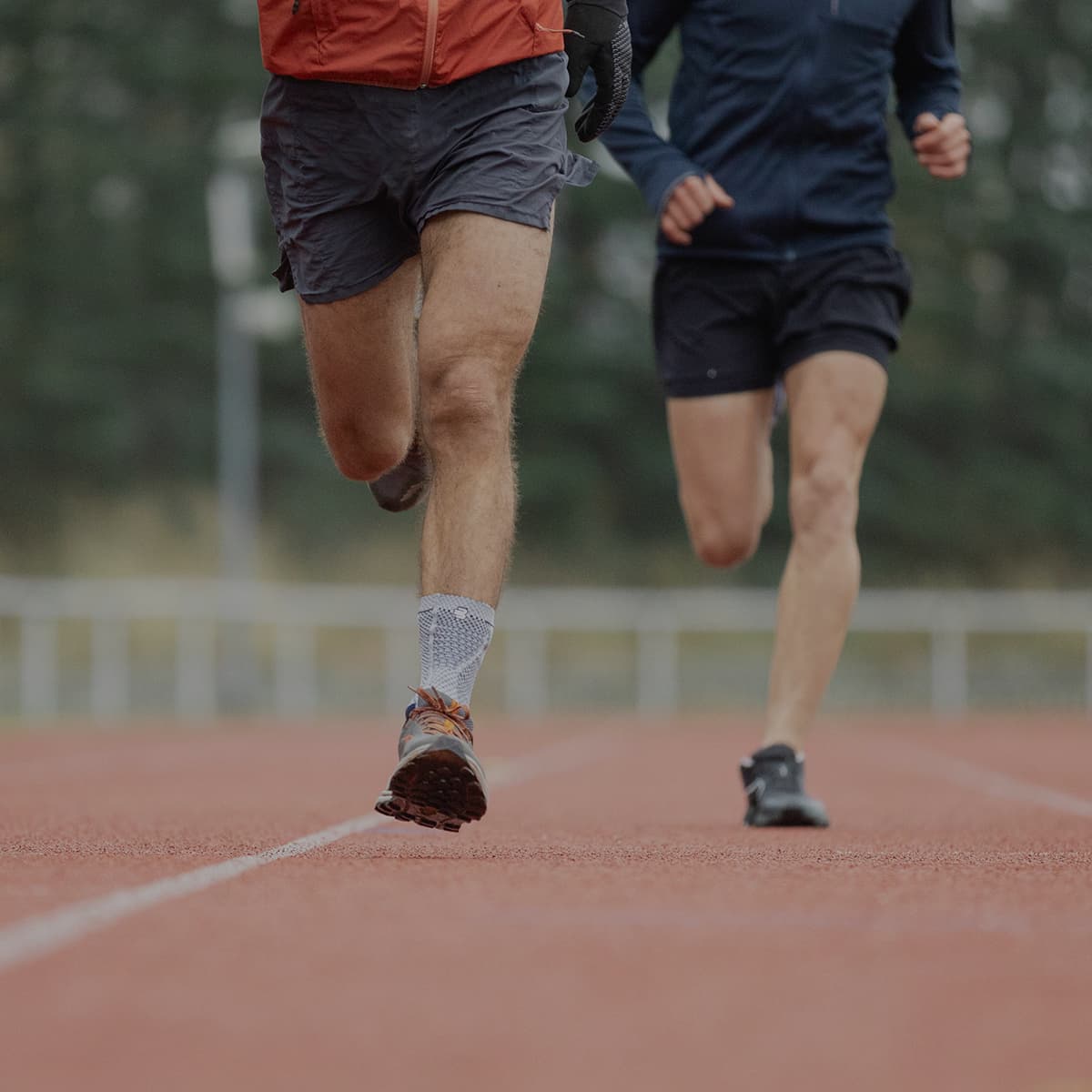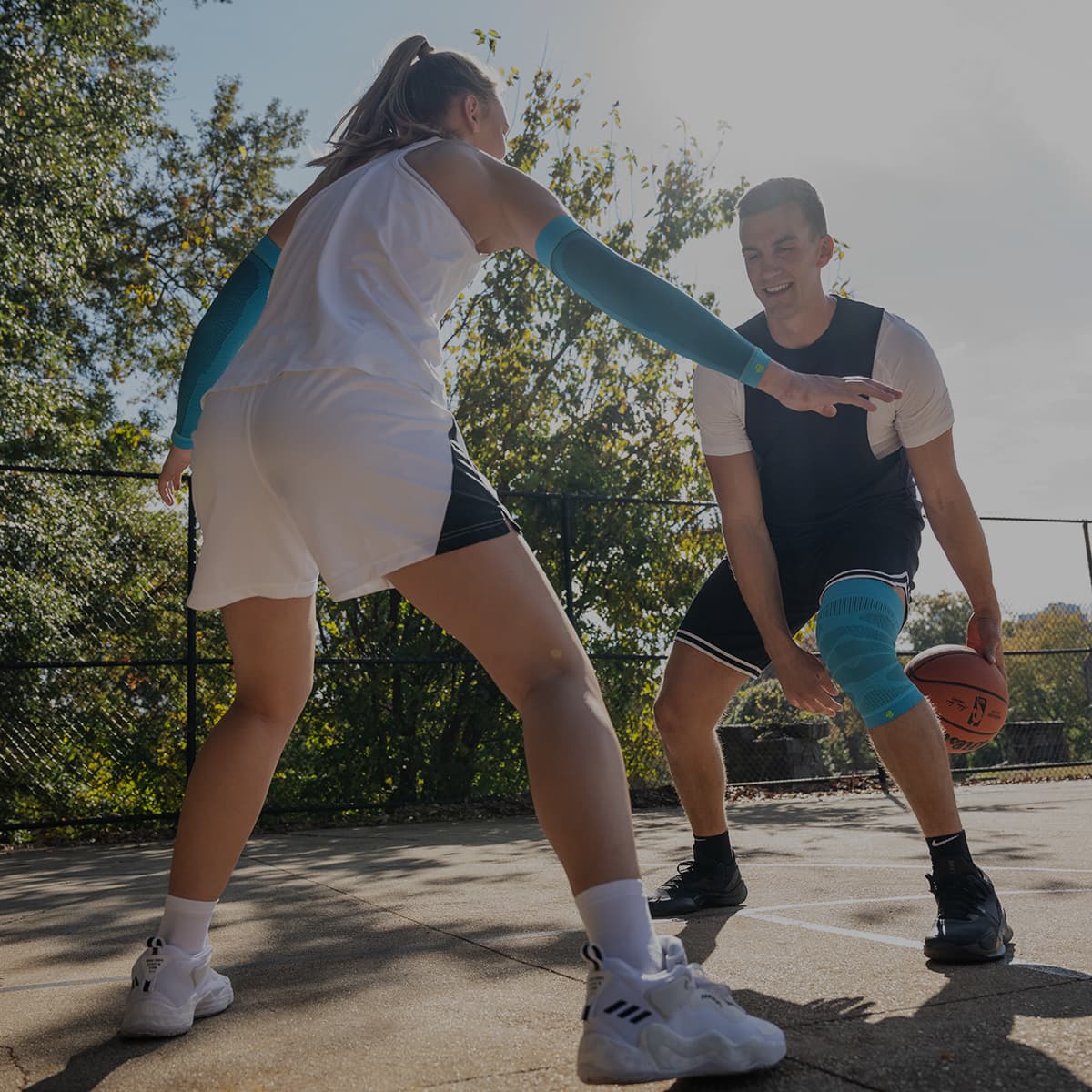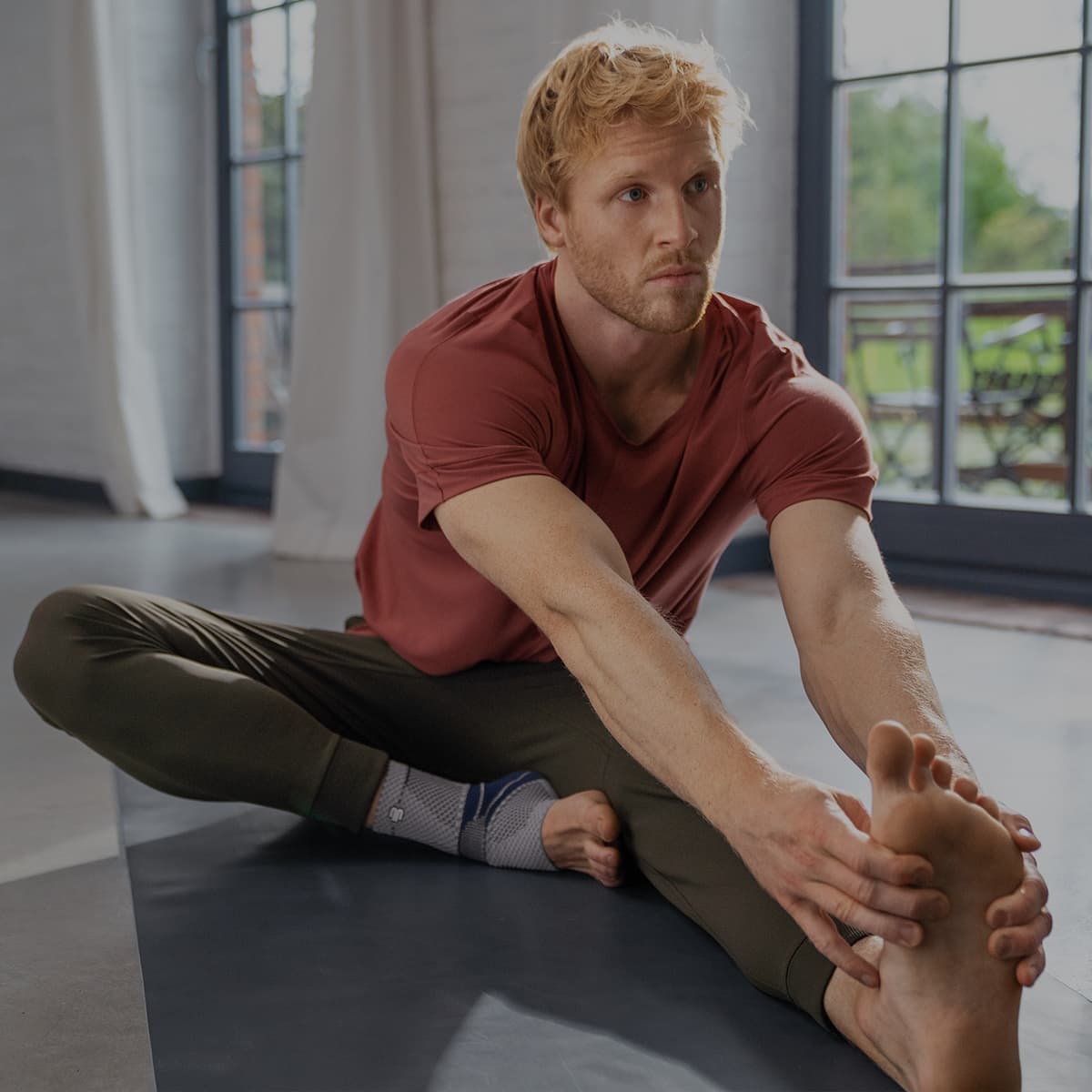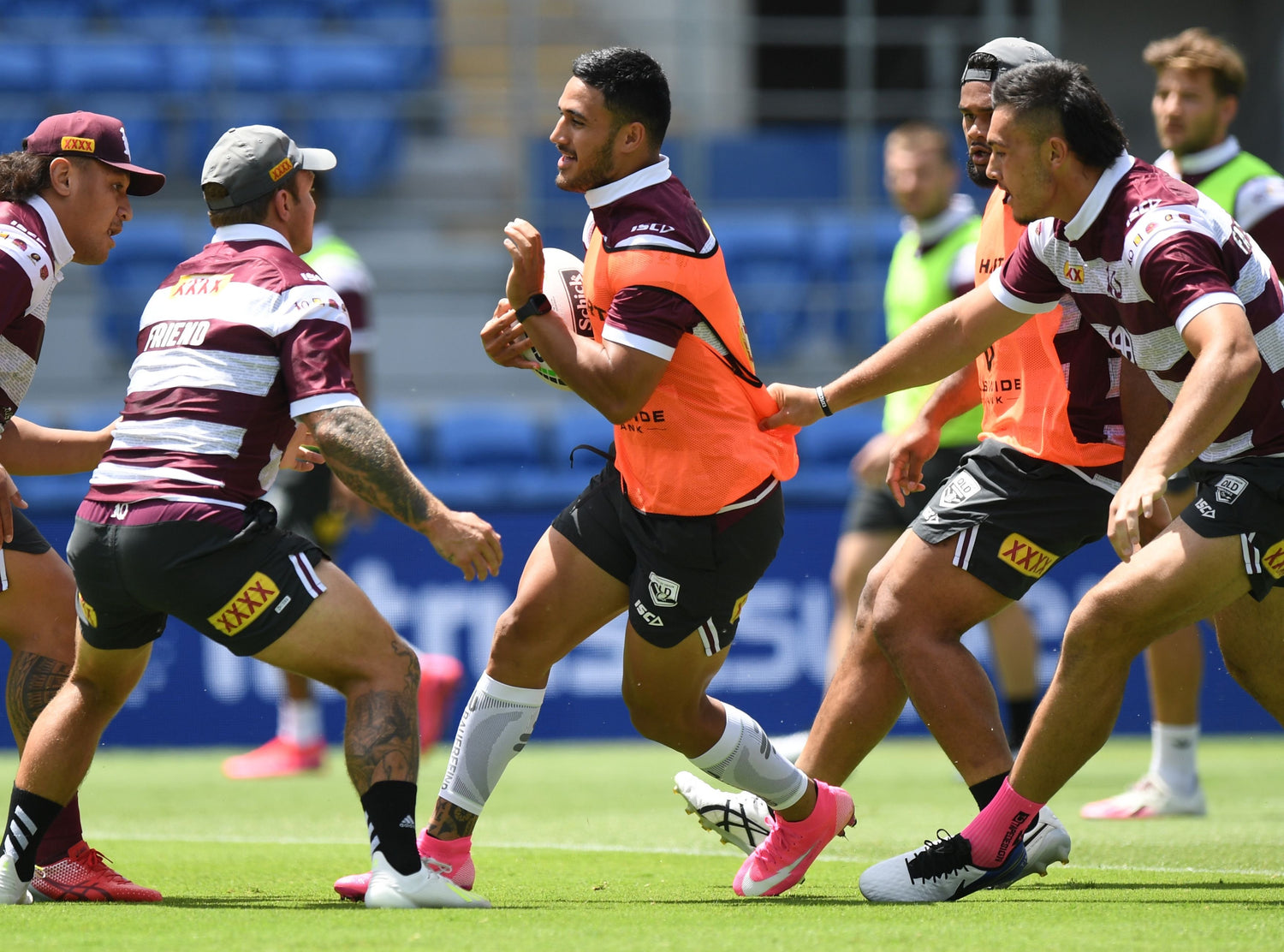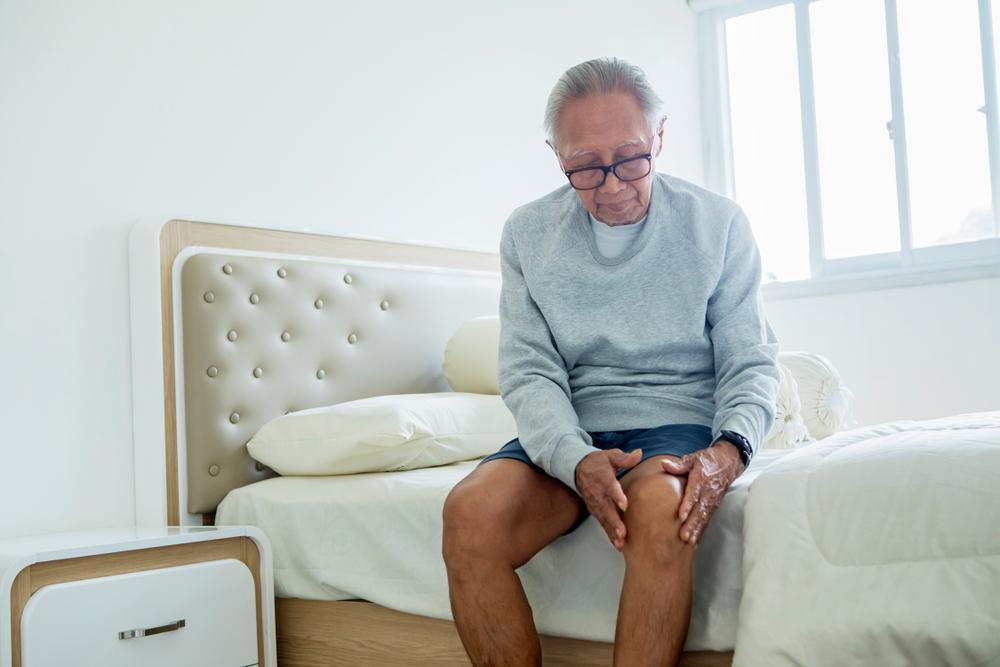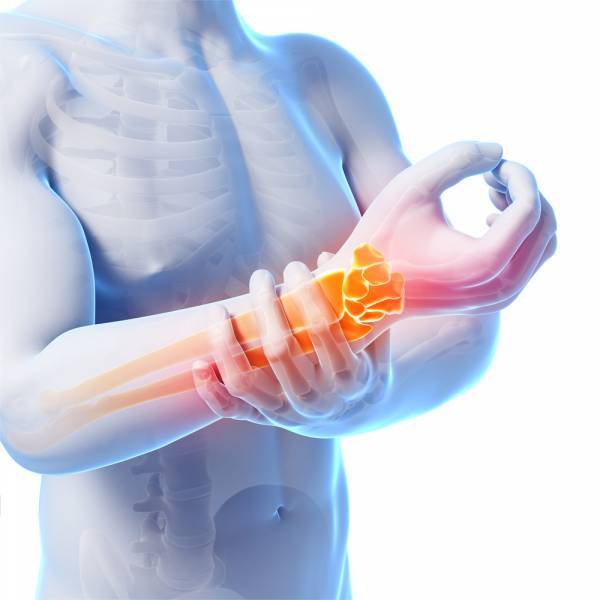State of Origin has always captivated rugby fans across the country. A decades-long rivalry of the greatest players in the game going head-to-head to produce some of the best football there’s ever been.
The season was different this year
With the game normally taking place in the middle of the season, players are at their peak, warmed up and in the right headspace.
However, with COVID changing the schedule this year, Origin has taken place at the end of the season, meaning that the players are exhausted and at their most tired, both physically and mentally.
In fact, the COVID bubble that NRL players have had to live and work in has meant that not only is there more strain on them with more games in less time, but travel restrictions and requirements mean that there’s no chance to warm up after the travel, teams often needing to hop off the bus on the day of the match, and head back that same evening.

Never before has the home-field advantage held so much sway.
This can already be seen in this year’s State of Origin. Game 1 played in Adelaide meant that both teams had the same travel demands and limited rest, which led to a tight match that QLD just managed to hold onto.
Game 2 saw play at Sydney, with the Blues team having a whole week to recover and get ready without having to travel or deal with restriction. However QLD had to come down across the border that day, travelling back that evening.
The result was an exhausted Maroons team trying to hold a defensive line against the refreshed and energised Blues forward pack, who wore them down in the first half.
The effect that fatigue, lack of rest and high levels of travel are more than apparent, not just in game 2, but in sports across the world.
Understanding the strain it takes on your body and how to effectively recover and rehabilitate after exit makes the difference at all levels of sport, from weekend soccer to the Olympics.
How to manage muscle recovery?
As your body is overstrained from work, physical exertion and lack of rest, it starts to struggle with even basic physical tasks. Some of the more common symptoms of fatigue and over-exertion include:
- Muscle soreness, especially when you try to tense them or make larger movements.
- Weakness in the muscles and a wobbly feeling in the limbs.
- Physical tiredness, usually a struggle to focus and easily feeling sleepy.
- Feeling thirsty more regularly.
This happens most often if you push yourself too hard over a couple of days physically. While it can happen from work or normal life, it’s most common in sports.
Many is the time that someone has played a few games of soccer in a row on Saturday morning and then gone out afterwards, only to wake up on Sunday exhausted and sore, needing the whole day to rest.
While the most obvious way to stop this is to space out the physical activity, and rest a lot, that’s often easier said than done, especially with our hectic schedules and day to day life.
To help you recover faster and give your best, we’ve outlined three key tips, used by the Blues, Maroons and elite athletes and Olympians across the world.

Compression
The benefits of compression for injury and fatigue recovery have been known and used for millennia, with roman soldiers using compression for their legs over 2000 years ago.
Since then we’ve refined the technology to give the most effective and targeted compression possible. The Bauerfeind Sports Compression range covers everything you need, from active limb support during the game, to compression stockings for post-match recovery and travel.
Upper leg and lower leg sleeves are used by both the Blues and Maroons over the past few years, and are a fixture at the Olympic games for all teams.
Targeted stretching
Whether it’s the knees, upper legs, ankles or even a shoulder, tightness and pain in the muscle can put you off exercising for a couple of days.
While most elite athletes have a physio on hand to help them stretch out the right muscles, basic exercises as well as Yoga help anyone to ease their pain and allow the muscle to recover.
Try: Single Leg Balance
Dynamic routine
Following the same normal routine can become monotonous, tiring and allow for gaps in your health. Changing up how you work out, play sports, recover and spend your day can help to kick the body back into gear.
Try more dynamic methods of rest and recovery that athletes use, such as:
- Swimming and cold-water immersion.
- Short period rests, breaking up one long sleep into two smaller ones.
- Use compression socks post-activity.
- Time your meals around activity, rather than always having them at the same time each day.
Do you have private health? Most private health extras will cover Bauerfeind Products, check to see if yours is included. Bauerfeind Private Health Insurance Inquiry.
Bauerfeind products are developed at our innovation and manufacturing facility in Zeulenroda, Germany. Based on years of scientific research, our award-winning braces and support garments are highly recommended by medical professionals and athletes worldwide.
For assistance selecting the right product for your needs, book a video consultation with a Bauerfeind expert: Book Video Call, or call us on 1300 668 466

